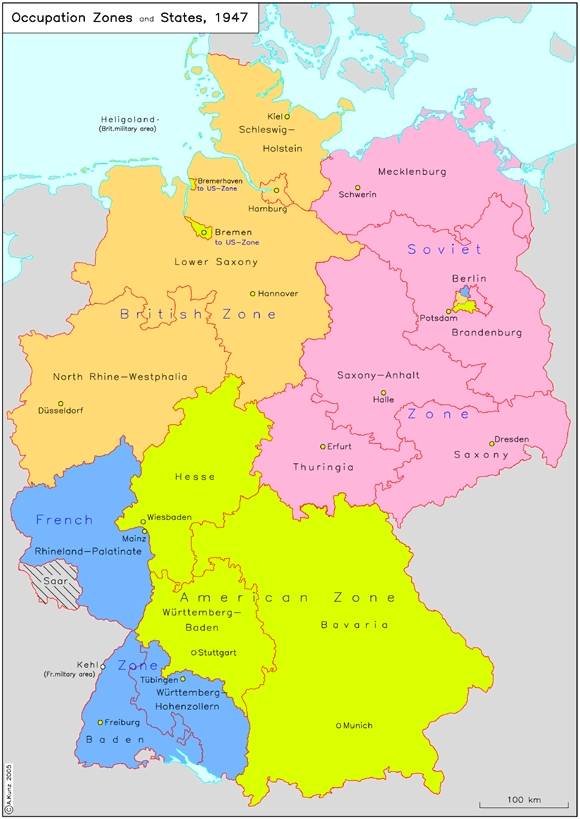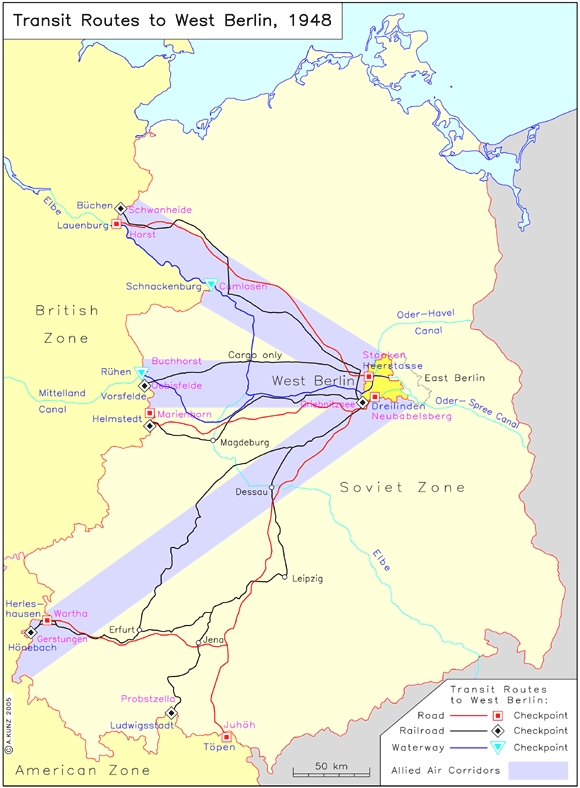Historical ethical aesthetic of digital tech
Conceptual ground of digital technology has influenced the way individuals’ perceptions through its historical development. Since its beginning in the 1950s this media has rapidly evolved and the computer-based digital culture now dominates our lives in the industrially developed nations, organisations and individuals alike (Colson, 2007). The age of digital also overlaps with the Cold War, coincidentally or otherwise. The establishment of two German states, the Federal Republic of Germany and the German Democratic Republic, was shortly followed by the publication of Cybernetics and Society, a key text in the foundation of human-machines communication and interfaces (Colson, 2007). The Berlin Wall, a by-product of the Cold War, was constructed in 1961 when “the world’s first video game” Spacewars was created at the MIT (Colson, 2007, p.14); and lasting until 1989, similarly influencing people’s perceptions and behaviour.

By influencing the minds of individuals, the technological development has also changed the social and cultural elements of our society. Collecting, processing, displaying and storing information has been affected by the rapid, logical and hybrid media, thus resulting in changes of our interpretation of the world (Freyer et al, 2008).
Based on the findings of my previous research and interviews of the Berlin Wall and its influences on perceptions and values, I have been working on a short introduction of my project. The project Berlin mit Berlin – Berlin with Berlin – recognises the differences the former East and West Berliners’ values, largely created by twenty-eight years of separation by the Wall, and further, emphasises on the positive nature of its diverse perceptions as a fundamental concept of pluralist capital of the reunified Germany. It is also important to acknowledge that individual character often occupies a large and influential proportion of personal behaviour and perceptions, thus the “wall in the mind” is neither predominant nor permanent.
In order to illustrate the diversity of Berliners who had participated in the research, I have proposed to produce an introduction clip to the concept with view in mind to upload onto an internet website it was to be short, between fifteen to twenty seconds long. To maximize the effect of the clip, I have also decided to:
have Berliners speak of their experiences of the divide, the Wall’s opening and/or the reunification process which followed,
show multiple portraits of the individuals, with minimum manipulations and to implement a documentary style of presentation,
avoid the use of any text or numbers to enable viewers to focus on the images and voices, and
to end with one image or a symbol, but not of unity, to signify the individuality of the Berliners.
Through research, the link between the Berlin Wall and the Space Race became clear, from its political origins to timescale of events, between late-1950s and early 1961 to the opening of the Wall and the end of the Cold War (Hoffman, 2008). It seemed appropriate to compose a constellation-like image with photographs and a dark background, to illustrate how singular forms of life can form a larger concept, as constellations do (National Geographic Society, 2009).
The production process began from editing interviews with Audacity and Logic Pro, from searching for short sound-bites, and clearing the background noise. To show the diversity, the clip was to show as many Berliners as possible, in this case, twenty-strong, and to portray a sense of buzzing and energetic atmosphere of the multicultural city. I had several discussions with video and sound technicians to explore how effectively this short clip could materialise, and concluded to use: a combination of Adobe Photoshop and After Effects to process the photographs into a movie file; to edit and export audio recording files of Berliners from Logic Pro, to illustrate a timescale with moving photographs with narratives, and finally to export the movie file to Quick Time.
During production, the clip’s play time was extended to thirty seconds, due to the limitations of time and the necessity to include Berliners who had participated, and this compromise seemed to have solved the time dilemma.
The Berlin mit Berlin clip has been shown to seven people and has received a mixed feedback. Specifically, the fast transition speed caused confusion and disengagement of the audience. This was due to my understanding and the desire to maintain the clip short to avoid the audience’s attention being diverted from the clip. The “confusion” was to be part of the intentionally created atmosphere of liveliness. However, it became clear that this thirty-second timescale was not long enough for the Berliners to tell their story sufficiently. The original structure for this clip was to keep the length to twenty seconds, although I will reconsider the length of time to allow Berliners and the audience to engage further, as it is crucial for the audience to feel the context of Berlin mit Berlin.
Another issue was ambiguous final image: photographs combined to the shape of Berlin City. It was important for the final image to be simple and easily accessible, and the city of Berlin seemed an ideal solution. Avoiding landmarks which identified with only one side of the former division was likely to portray a kind of bias, and it was necessary to conclude the clip with a neutral symbol. Brandenburg Gate, with its strong identity symbol, also represented united Germany and Berlin, which was not the concept that Berlin mit Berlin contained. However, it has been evident that the audience could not recognise the shape of Berlin without any descriptive text or additional illustration.
(Strange Maps, 2009)
We Hate Borders. Ina Mar [2009]
Inserting numbers or text - for example, 1961, the year of the Wall being constructed and 1989, the year the Wall was breached, or the name “Berlin” - would be considered, in order to allow the clip to reach out to and to connect to a wider range of audience. The possibility of a map with areas surrounding the city of Berlin appearing in the background will also be experimented, although the distraction from the photographs should be kept to minimum.
There are two languages being spoken by the interviewed Berliners, German and English, and this could form a barrier to those who do not speak the languages also. This issue has been addressed and is being considered for an improvement, and highlighted the limitations and challenges of reaching a global audience through internet.
Overall, the Berlin mit Berlin introduction clip is beginning to form its shape, with clear conceptual messages still uncompromised with its strengths and weaknesses have been recognised. , as well as development needs for skills to explore further possibilities of the digital media and concepts.
Reference List
Colson, Richard (2007) The Fundamentals of Digital Art. Lausanne: AVA Publishing SA
Freyer, Conny, Noel, Sebastien & Rucki, Eva (2008) Digital By Design. London: Thames & Hudson.
Hoffman, David (2008) Talks: David Hoffman Shares His Sputnik Mania. [online] http://www.ted.com/talks/lang/eng/david_hoffman_shares_his_sputnik_mania.html [17/11/2009]
Ina Mar [2009] Fall of the Berlin Wall – 20th anniversary (1989-2009). [online] http://blog.ina-mar.com/?p=196
National Geographic Society (2009) Star Attractions: Constellations. [online]http://www.nationalgeographic.com/features/97/stars/attractions/index.html [17/11/2009]
Strange Maps (2009) 414 – Strangling Hitler-Germany. [online] http://strangemaps.wordpress.com/2009/10/01/414-strangling-hitler/ [09/12/2009]
Pavitt, Jane & Crowley, David (eds.) (2008) The Cold War Modern. London: V & A Publishing.



























.JPG)




















